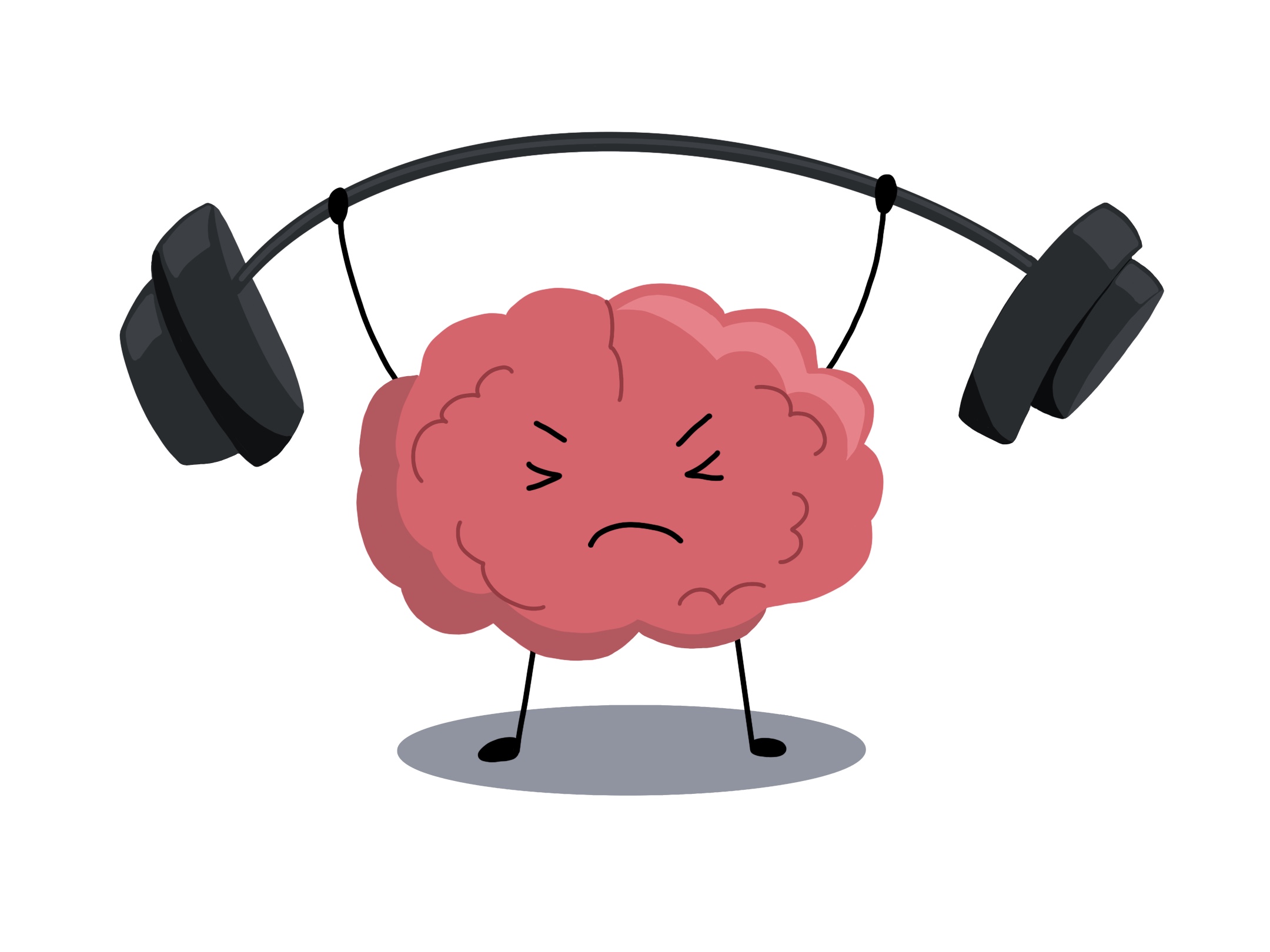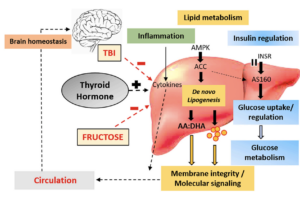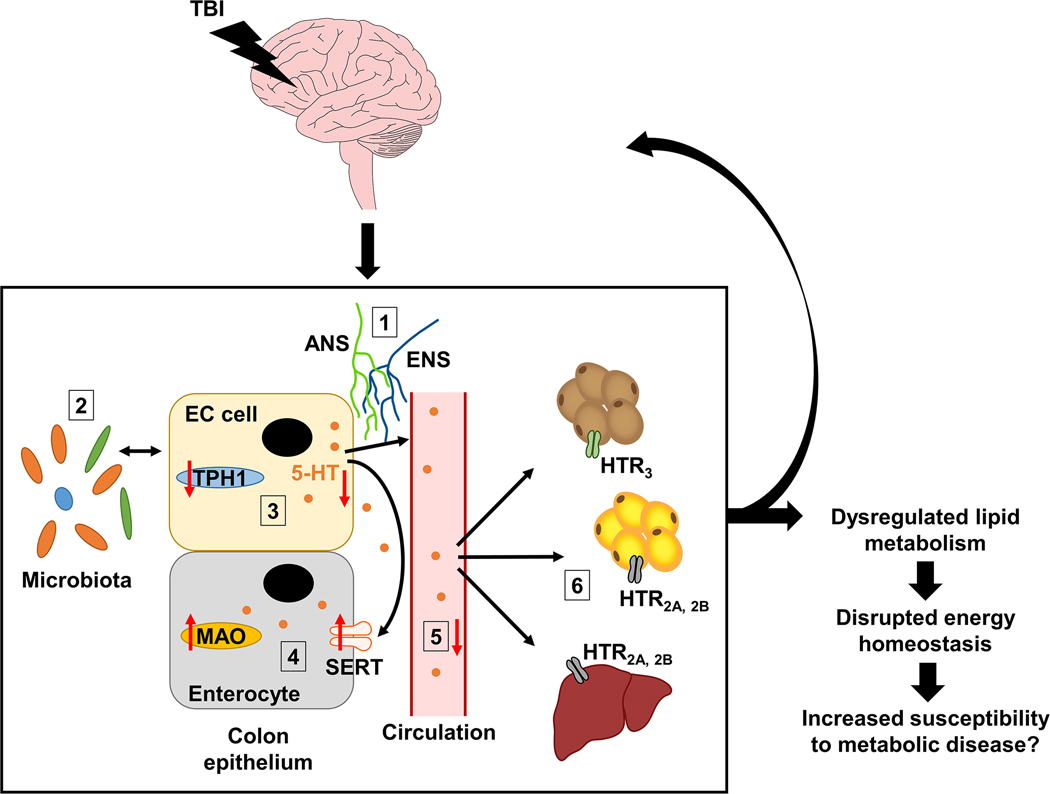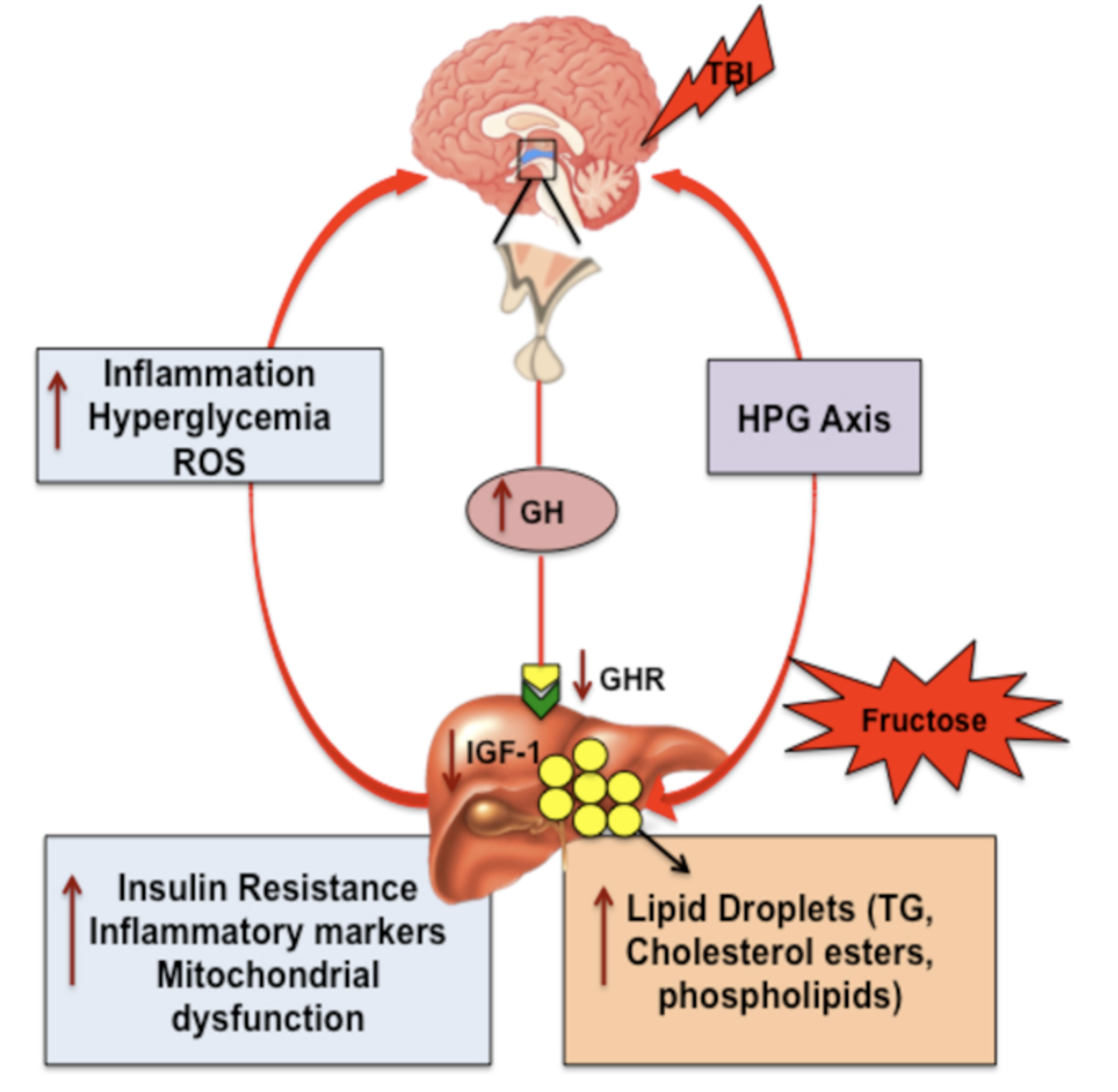Liver Influences Brain
Editorial to special issue of BBADIS: Brain-gut interaction and cognitive control
The strong connection between the brain and the gut suggests that behaviors that requires the use of both–eating and exercising–has the potential to influence a range of neurological and metabolic disorders. In this review, we highlight the importance of understanding the impact of diet and exercise on the brain and its health, then dive into current knowledge on this significant matter.
Gomez-Pinilla F. Editorial to special issue of BBADIS: Brain-gut interaction and cognitive control. Biochim Biophys Acta Mol Basis Dis. 2022 Jul 1;1868(7):166396. doi: 10.1016/j.bbadis.2022.166396. Epub 2022 Mar 16. PMID: 35306166. [link]
Liver acts as a metabolic gate for the traumatic brain injury pathology: Protective action of thyroid hormone
We discovered that the thyroid hormone (T4) mitigated the negative actions of fructose and TBI on liver metabolism. T4 was found to increase insulin sensitivity and restore the metabolism of DHA in the liver. This overall evidence indicates that the liver works as a gate for the regulation of the effects of brain injury and foods on brain pathologies.
Khandelwal M, Krishna G, Ying Z, Gomez-Pinilla F. Liver acts as a metabolic gate for the traumatic brain injury pathology: Protective action of thyroid hormone. Biochim Biophys Acta Mol Basis Dis. 2023 Aug;1869(6):166728. doi: 10.1016/j.bbadis.2023.166728. Epub 2023 May 1. PMID: 37137432. [link]
Traumatic brain injury alters the gut-derived serotonergic system and associated peripheral organs
This study centers around the effects of TBI on the metabolism of gut-derived serotonin. Our findings suggest that TBI influences serotonin balance in the body, which could affect how the gut functions, the types of bacteria in the gut, and the body’s overall energy balance.
Mercado NM, Zhang G, Ying Z, Gómez-Pinilla F. Traumatic brain injury alters the gut-derived serotonergic system and associated peripheral organs. Biochim Biophys Acta Mol Basis Dis. 2022 Nov 1;1868(11):166491. doi: 10.1016/j.bbadis.2022.166491. Epub 2022 Jul 25. PMID: 35902006; PMCID: PMC9839318. [link]
Brain Trauma Disrupts Hepatic Lipid Metabolism: Blame It on Fructose?
We discovered that TBI affects signaling proteins for insulin and growth hormones and the way the liver processes glucose. Fructose consumption after injury worsens these already-detrimental effects. Fructose-fed TBI animals displayed elevated markers of inflammation, fat damage, and cell energy metabolism in the liver, suggesting that both TBI and fructose have a pro-inflammatory impact on the liver.
Rege SD, Royes L, Tsai B, Zhang G, Yang X, Gomez-Pinilla F. Brain Trauma Disrupts Hepatic Lipid Metabolism: Blame It on Fructose? Mol Nutr Food Res. 2019 Aug;63(15):e1801054. doi: 10.1002/mnfr.201801054. Epub 2019 Jun 6. PMID: 31087499; PMCID: PMC6763319. [link]
Exercise to Fight TBI
7,8-Dihydroxyflavone facilitates the action exercise to restore plasticity and functionality: Implications for early brain trauma recovery

MRI Imaging showing functional brain connectivity: (G) TBI v. Control; (H) TBI &7,8-DHF v. TBI; (I) TBI & Exercise v. TBI; (J) TBI & Exercise & 7,8-DHF v. TBI; (Blue shows decreased connectivity, red shows increased connectivity)
Traumatic brain injury impacts the ability of the brain to properly function. This makes it challenging for the brain to recover and adapt to new situations, complicating the recovery process. Addressing this issue, we treated injured animals with a chemical called 7,8-dihydroxyflavone to see if this normalized brain energy levels and improved brain connections in combination with exercise. We uncovered that combining 7,8-DHF treatment with exercise could improve brain metabolism, plasticity, and functional connections after traumatic brain injury.
Krishna G, Agrawal R, Zhuang Y, Ying Z, Paydar A, Harris NG, Royes LFF, Gomez-Pinilla F. 7,8-Dihydroxyflavone facilitates the action exercise to restore plasticity and functionality: Implications for early brain trauma recovery. Biochim Biophys Acta Mol Basis Dis. 2017 Jun;1863(6):1204-1213. doi: 10.1016/j.bbadis.2017.03.007. Epub 2017 Mar 14. PMID: 28315455; PMCID: PMC5502817. [link]
How to boost the effects of exercise to favor traumatic brain injury outcome
 This paper reviews studies that explore the idea of improving brain metabolism during the early recovery period after TBI to support the brain’s ability to prevent long-term problems. 7,8-DHF and DHA are promising options for supporting rehabilitation shortly after TBI. Exercise can help improve the function of DHA in the brain. The combined effect of exercise and DHA can be helpful in enhancing BDNF function, which in turn has a strong potential for reducing the negative effects of TBI on brain connections and cognitive abilities.
This paper reviews studies that explore the idea of improving brain metabolism during the early recovery period after TBI to support the brain’s ability to prevent long-term problems. 7,8-DHF and DHA are promising options for supporting rehabilitation shortly after TBI. Exercise can help improve the function of DHA in the brain. The combined effect of exercise and DHA can be helpful in enhancing BDNF function, which in turn has a strong potential for reducing the negative effects of TBI on brain connections and cognitive abilities.
Gomez-Pinilla F, Mercado NM. How to boost the effects of exercise to favor traumatic brain injury outcome. Sports Med Health Sci. 2022 Jun 15;4(3):147-151. doi: 10.1016/j.smhs.2022.06.001. PMID: 36090919; PMCID: PMC9453688. [link]
Single cell molecular alterations reveal target cells and pathways of concussive brain injury
Utilizing an innovative single-cell genomics methodology allowed us to study the effects of TBI on brain cells at a more detailed level. We then were able to discover TBI affects previously unidentified cell populations and impacts cell type-specific genes and pathways. One pathway that we subsequently explored was the thyroid hormone pathway, which proved extremely promising. The modulation of this pathway helped reduce behavioral abnormalities associated with TBI. This new insight opens up new possibilities for developing treatments for TBI and related disorders.
Arneson D, Zhang G, Ying Z, Zhuang Y, Byun HR, Ahn IS, Gomez-Pinilla F, Yang X. Single cell molecular alterations reveal target cells and pathways of concussive brain injury. Nat Commun. 2018 Sep 25;9(1):3894. doi: 10.1038/s41467-018-06222-0. PMID: 30254269; PMCID: PMC6156584. [link]



